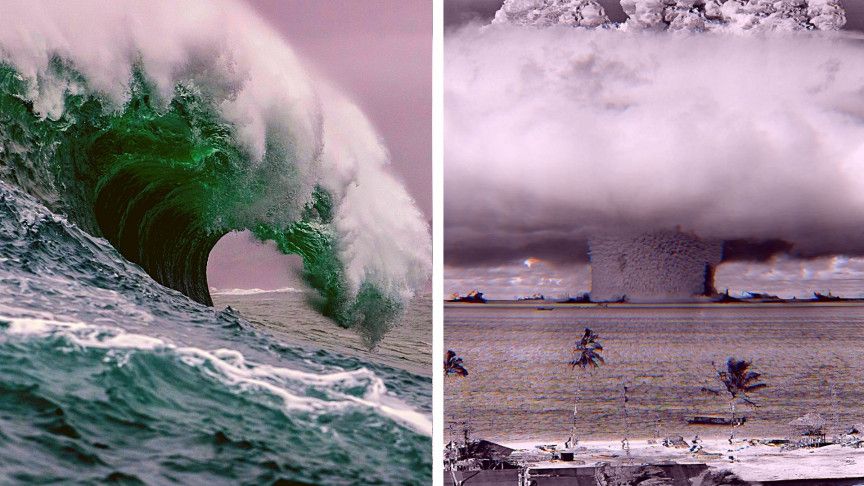Using Artificial Intelligence And Plant Biology, To Re-Connect People and Plants, For Health & Wellness — Dr. Lee Chae, Ph.D., Co-Founder & CTO, Brightseed.
Dr. Lee Chae, Ph.D., is a Co-Founder and Chief Technology Officer at Brightseed, a novel life sciences company, merging the tools of plant biology and artificial intelligence, with a goal of enabling a healthier future by re-illuminating and re-activating the connections between people and plants.
Dr. Chae is a seasoned R&D technology developer and has designed advanced discovery methodologies for food technology, agricultural biotech, bio-medicine, and synthetic biology. He has been a principal scientist of multiple discoveries, including machine-learning driven discovery of novel nutritional bio-actives in plants and computationally guided identification of plant-based proteins for food.
With as Ph.D in Plant Biology, Computational and Genomic Biology, from University of California, Berkeley, Dr. Chae was also a founding member of the Quantitative Biosciences Institute, and did Post-Doctoral Research at the Carnegie Institution at Stanford.
Prior to Brightseed, Dr. Chae served as the VP of R&D at Hampton Creek, a company developing and marketing plant-based alternatives to conventionally-produced food products.








